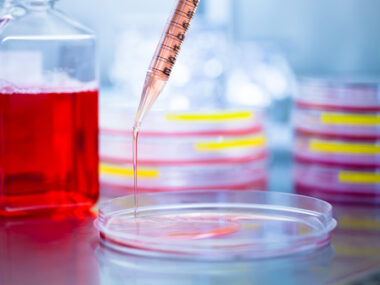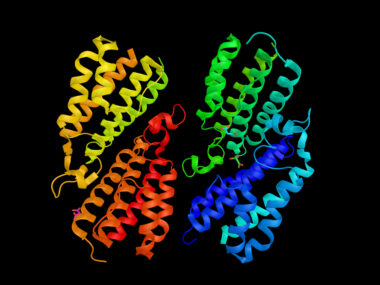Few pregnancy complications seen in women with Gaucher disease
In some cases, problems with conception were linked to bleeding
Written by |

Gaucher disease doesn’t seem to have a major impact on conception, pregnancy, and childbirth, according to a study of women in five European countries.
While half the women of reproductive age had irregularities in their menstrual cycles, only a few had difficulties conceiving. In some cases, however, problems with conception emerged as a significant factor linked to bleeding during pregnancy and childbirth.
Still, “the substantial number of successful pregnancies achieved and the relatively low incidence of complications during labor and the postpartum period suggest that [Gaucher disease] should not be considered a significant hindrance to either pregnancy or motherhood,” the researchers wrote. The study, “Navigating gynaecological challenges in Gaucher’s disease: insights from five European countries,” was published in Therapeutic Advances in Rare Disease.
In Gaucher, mutations in the GBA1 gene lead to a deficiency in glucocerebrosidase (GCase), an enzyme that helps break down certain fatty molecules inside cells. Without sufficient GCase activity, those molecules build up and damage tissues and organs, driving disease symptoms. The most common manifestations of the disease are enlarged organs, low levels of red blood cells and platelets, and bone problems such as pain and fractures. But emerging evidence suggests Gaucher can also impact gynecological health, with documented complications related to pregnancy.
“However, substantial evidence is still lacking, indicating the need for better surveillance of [Gaucher disease]-associated gynecological complications,” wrote researchers in Croatia, who investigated the gynecological health and pregnancy outcomes in women with Gaucher disease in Croatia, Slovenia, Serbia, Bosnia and Herzegovina, and North Macedonia. Twenty-six adults were assessed via a 49-item questionnaire.
Managing pregnancy in Gaucher disease
Nearly all the patients (84.6%) were being treated with enzyme replacement therapy (ERT), while the rest (15.4%) were receiving substrate reduction therapy (SRT). During 16 pregnancies, however, less than half (43.8%) of them received treatment.
Most women were in the childbearing age group, while the rest were in menopause. All but one woman in the reproductive age group had regular monthly menstrual cycles. Even so, half had irregularities in menstrual bleeding, including longer and/or more intense bleeding or bleeding outside the expected menstrual period.
A total of 25 pregnancies, including a single twin pregnancy, and 20 births were reported. Of the 16 women who’d been pregnant, 15 gave birth.
Difficulties conceiving were reported by three (18.8%) of the 16 pregnant women, with two conceiving after more than two years of trying. All the women conceived naturally without reproductive assistance. During pregnancy, six women reported vaginal bleeding and two had spontaneous or medically indicated abortions.
During pregnancy, five of the 16 women had worsening anemia. Most (75%) reported preexisting issues with prolonged bleeding and/or reduced platelet counts (thrombocytopenia), and four of these had thrombocytopenia during pregnancy.
Bleeding problems during childbirth were also reported in five women, with three requiring red blood cell transfusion and four needing a platelet transfusion. After 20 deliveries, four red blood cell transfusions and five platelet transfusions were also needed.
Other rarer complications included postpartum vaginal bleeding lasting for three months, abnormal fetal position, and premature birth. No deaths were reported.
Interestingly, treated patients reported bleeding during pregnancy more often than untreated patients (71.4% vs 22.2%), which researchers called “surprising.” Still, no differences were found in the need for transfusions, or the exacerbation of anemia or thrombocytopenia during pregnancy, regardless of treatment.
These findings may be due to “the more severe disease form in the treated group or due to coagulation abnormalities,” the researchers wrote. “These observations highlight the need for more detailed [blood clotting] studies in patients regardless of treatment received, especially during pregnancy.”
Of the three women who reported difficulty conceiving, all had anemia and thrombocytopenia before becoming pregnant, and all had vaginal bleeding during pregnancy and childbirth. Accordingly, conceiving difficulties were significantly associated with bleeding during pregnancy and childbirth, but not bleeding before pregnancy. Anemia and thrombocytopenia weren’t related to conception problems.
“Overall, the research provides important insights into managing pregnancy in [Gaucher disease] patients, indicating favorable pregnancy outcomes in most cases,” the researchers wrote. “Nonetheless, the relatively small sample size and lack of genetic information limit the ability to draw unequivocal conclusions.”
“Careful monitoring and medical care should be ensured,” they wrote.




